Cushman: Make Outdoor Classrooms a Priority
The courtyard on the north side of the Art building is frequented by art classes as a place to work on assignments. Courses such as studio photography use the are to learn about using natural light and strobes. The image was taken on July, 9, 2022. (Photo by Kevin Cody| The Daily Utah Chronicle)
August 30, 2022
My high school had an outdoor classroom where teachers could take students outside to learn. It allowed us to exchange smartboards and lectures for vitamin D and fresh air, creating an important break during our days even as we remained in class. That outdoor space became a memorable part of learning for me and many of my classmates, but outdoor classrooms still remain far too underutilized in K-12 and university education. We should make outdoor classrooms a larger part of the University of Utah’s education and better utilize outdoor campus spaces to improve student health and learning outcomes.
Changes in the way we work and the rise of the internet have made it so many Americans spend most of their time indoors, says USA Today — whether that’s a classroom, workplace cubicle or our couch as we binge an entire season of “Bridgerton” in two days. One study of 11-year-olds in a British city found that most kids spend less than 30 minutes outside after school. A YouGov survey found that “around 90 percent of people spend close to 22 hours inside every day.” This results in decreased happiness and worse physical health.
Our bodies work best when they have enough time in the sun to calibrate our circadian clock, get plenty of vitamin D and breathe fresh air. Modern learning and work environments take us indoors for most of the day, minimizing the time we need outside for good mental and physical health. Outdoor classrooms change that by moving learning outside. Perhaps that contributes to the fact that students who spend time in outdoor classrooms often display higher academic performance, according to the National Environmental Education Foundation. Healthier minds and bodies make learning easier.
Beyond that, outdoor classrooms serve as a break from the monotony of ordinary classrooms by pulling students away from lectures and row-by-row seating into a different, less rigid classroom environment. Tyler Hansen, a science educator at Mountain Crest High School, who often uses an outdoor classroom for his lessons, explained to me that each year when he surveys his students, without fail they name the outdoor classroom as a big reason they enjoy his courses. Students who enjoy school have more motivation and perform better as a result, NEEF also reports.
The Salt Lake Tribune wrote that during the pandemic, as more teachers pulled students outside for safety reasons, they noticed greater focus and creativity. The less structured environment of an outdoor classroom helped students expel energy, creating better classroom behavior and greater academic achievement, reports the North American Association for Environmental Education.
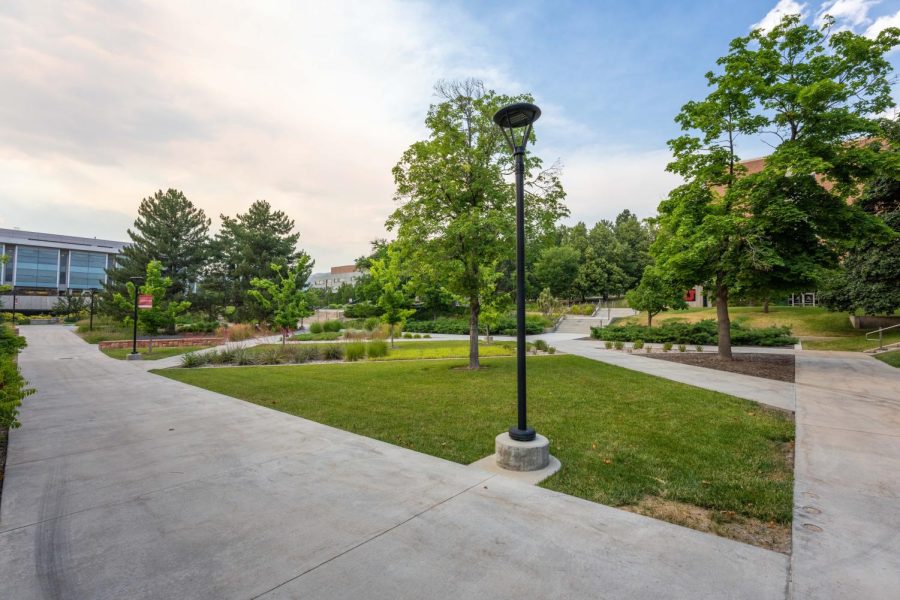
Not only do students perform better when they spend more time outdoors, but outdoor learning can supplement and even expand the education we give our students. Hansen said that his outdoor classroom “serves as a wonderful tool because rather than talking about ways we can measure water quality, we can just go do it.” It allows him to give his science students hands-on experience.
“English teachers use it for going outside and reading about Emerson or Thoreau, hoping that this outdoor space will set the tone or the setting,” he said.
Outdoor spaces have so many possibilities for learning. When teaching rudimentary math skills, students can practice grouping tens to make 100 with outdoor objects, for instance.
These examples illustrate a type of education called place-based learning which “places students in local heritage, cultures, landscapes, opportunities and experiences, using these as a foundation for the study of language arts, mathematics, social studies, science and other subjects across the curriculum,” according to the Center for Place-Based Learning and Community Engagement.
Much of classroom learning is based on PowerPoints and textbooks. It can feel abstract, learning from representations rather than personal experiences or observation. Place-based learning integrates a more hands-on experience.
“By just going outside you can talk about so many different things,” Hansen said. “What type of soil are you dealing with? What type of climate are we? And how does that influence things like the food we eat and therefore the things we might value?”
His outdoor classroom allows him to teach his students how to use science with their own hands and their own experience. It also pushes his students to think differently and more intimately about where they live and how their education relates to their community.
Ultimately, bodies, young and old, do better when they spend more time outside. Our brains learn better, and we can process things in new ways. It’s important to move more classrooms outside and importantly, this is something we can start at the U. We have plenty of outdoor spaces to learn in, a plethora of natural environments and lots of subjects that could benefit from an expanded way of teaching. We shouldn’t be so tied to learning the way we’re used to that we can’t expand our learning to make us healthier, happier and more inclusive thinkers.


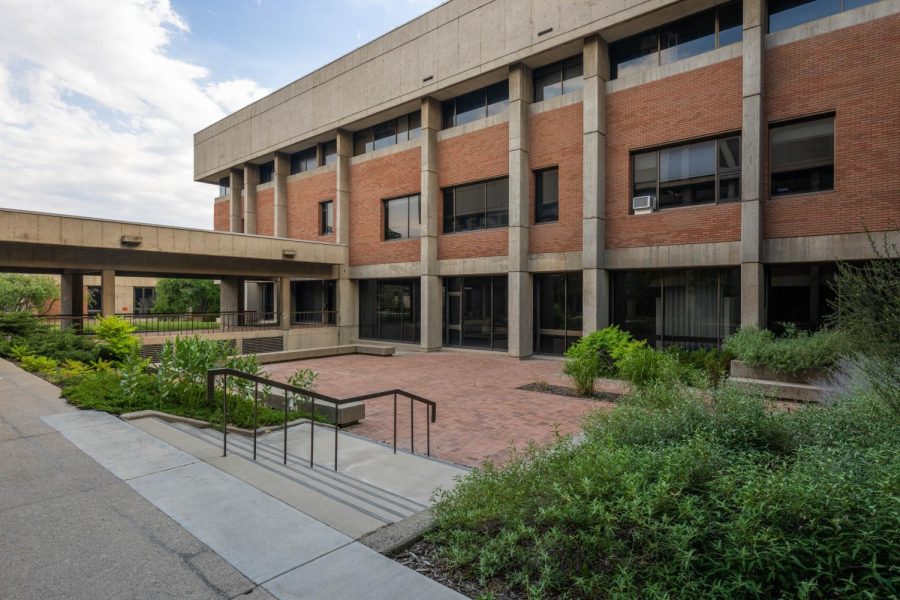



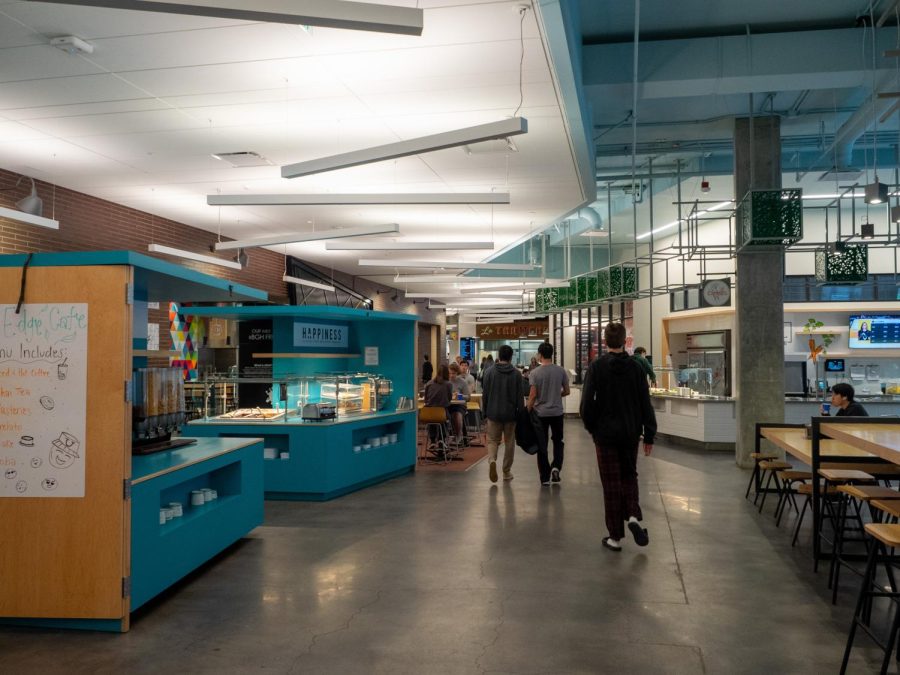
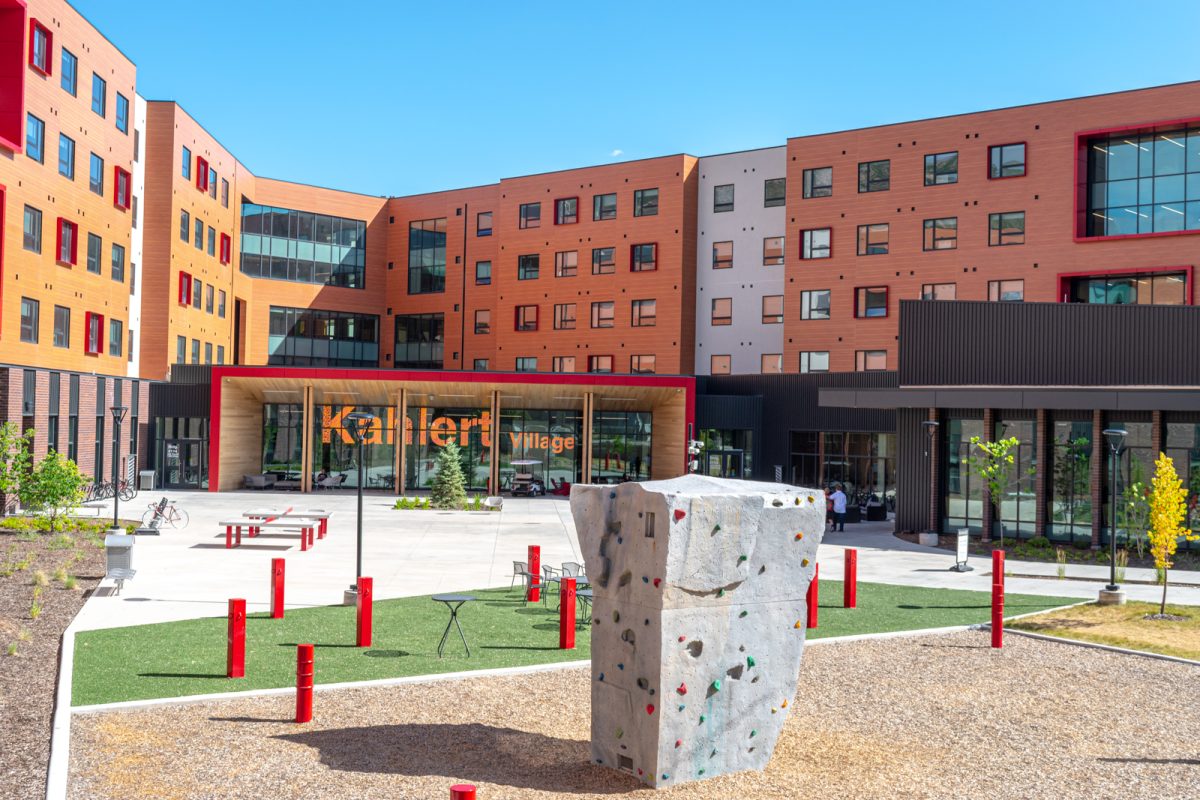
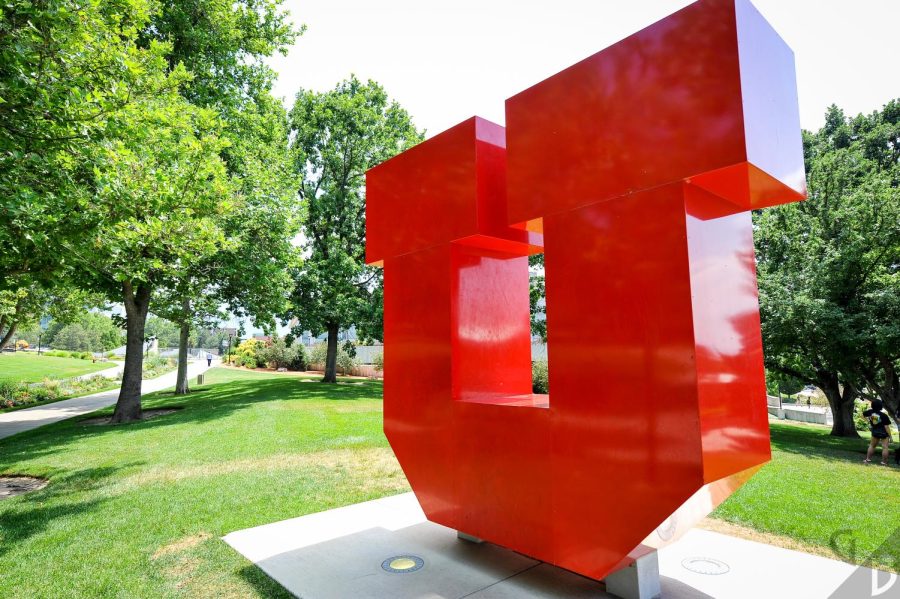





Angie K. • Sep 1, 2022 at 10:35 am
Wonderful article. I love the design of Katherine’s Courtyard. Many people don’t know about it, but there are glass walls and I saw one instructor out in the second floor balcony teaching their class using the opaque glass windows as the dry-erase board. When you have good AQ days under 100 degrees, it is a great place to be! More of this kind of design, please!
John Hedberg • Aug 30, 2022 at 7:53 am
Thank you! You make some genuinely good arguments~
Best,
J Hedberg